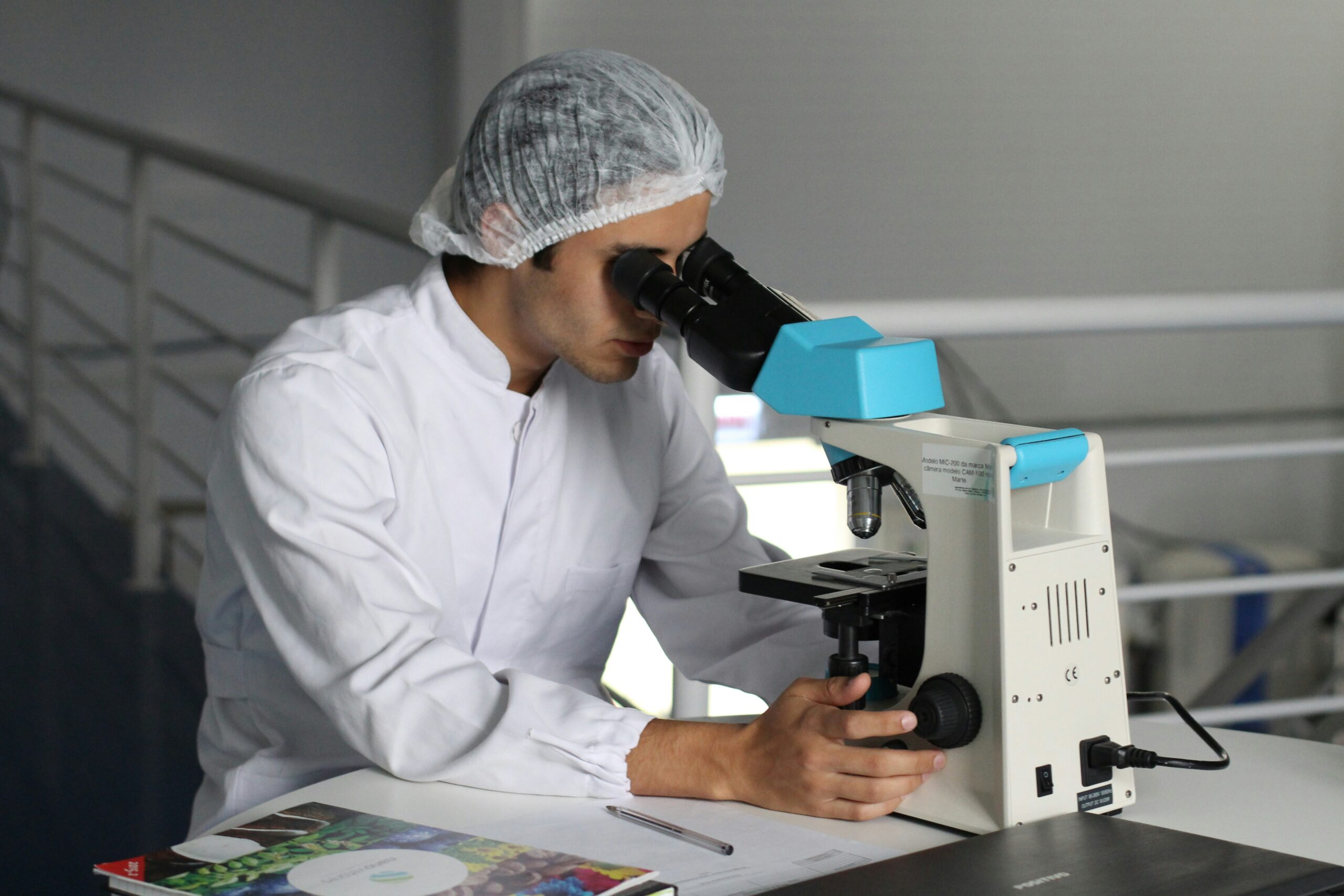
The healthcare industry has seen dramatic transformations over the years, and technological advancements continue to drive this evolution. As medical technology progresses, healthcare professionals are at the forefront of these changes. From artificial intelligence (AI) to telemedicine, the future of medical technology promises innovations that will redefine how healthcare is delivered, making it more efficient, accurate, and accessible.
Artificial Intelligence in Healthcare
Artificial intelligence is rapidly becoming a cornerstone of medical technology, revolutionizing healthcare processes profoundly. AI has the potential to assist doctors and medical staff by improving diagnosis accuracy, predicting patient outcomes, and optimizing treatment plans. Machine learning algorithms are already being used to analyze vast amounts of medical data, which can detect patterns and anomalies faster than the human eye. These technologies are beneficial in diagnosing complex diseases, such as cancer, where AI tools can accurately interpret medical images, often identifying early signs that radiologists may miss.
Moreover, AI-powered tools are enhancing administrative functions within hospitals and healthcare facilities. Automated systems can now manage scheduling, patient records, and billing, reducing human error and allowing healthcare professionals to focus on patient care. Integrating AI into day-to-day operations creates a more streamlined and efficient healthcare system. As machine learning models continue to evolve, the capabilities of AI will expand, potentially leading to fully automated diagnostic systems in the future. This can drastically reduce waiting times for diagnoses and ensure that patients receive timely and effective treatment.
Telemedicine and Remote Monitoring
Telemedicine has seen explosive growth in recent years, and its role in healthcare is only expected to expand. This technology enables healthcare professionals to remotely consult with patients using video, phone, and digital platforms. Especially during the COVID-19 pandemic, telemedicine was critical in maintaining healthcare access while adhering to social distancing measures. It enabled doctors and patients to continue their appointments without the risk of virus exposure, making healthcare more accessible to those in remote or underserved areas.
In the future, telemedicine will continue to grow, offering even more advanced remote monitoring capabilities. Wearable devices will allow healthcare providers to continuously monitor patients’ vital signs, sending real-time data directly to medical teams. This means doctors can track chronic conditions such as diabetes or heart disease without requiring patients to be physically present for appointments. The ability to monitor patients remotely improves the convenience of care and reduces hospital visits, freeing up resources for those in more urgent need. With the rise of virtual healthcare platforms and increased patient comfort with telemedicine, we are witnessing a transformation that could permanently alter the patient-doctor relationship.
Robotics in Surgery and Patient Care
Robotics is another area where medical technology is making significant strides, particularly in surgery. Robotic surgery systems, like the da Vinci Surgical System, enable surgeons to perform minimally invasive procedures with higher precision and control. These robotic systems provide real-time feedback, enhanced visualization, and steady hands, leading to fewer complications and quicker patient recovery. This technology allows healthcare professionals to perform procedures more accurately, reducing the risk of human error.
Beyond surgery, healthcare providers are utilizing robots for patient care as well.
Robots can assist with lifting, moving, and transferring patients, significantly reducing the physical strain on healthcare workers. Moreover, hospitals are using robots to deliver medications and supplies, streamlining operations and improving the efficiency of hospital workflows.
As robotic technology advances, its use will become even more widespread, potentially leading to fully autonomous robotic systems that could perform tasks ranging from patient monitoring to administrative duties. This would enable healthcare workers to focus on the more critical aspects of patient care.
3D Printing in Medicine
One of the most exciting innovations in medical technology is the use of 3D printing. This technology allows healthcare professionals to create customized medical devices, prosthetics, and tissues. Researchers have already used 3D printing to produce prosthetic limbs and hearing aids tailored to each patient’s unique needs.
The ability to print customized medical solutions is a game-changer, particularly for patients who may have unique anatomical features or require specialized care.
Additionally, 3D printing is making strides in organ and tissue regeneration. Researchers are working on printing tissues and organs that could eventually replace damaged or diseased ones. While this technology is still in its early stages, its potential to save lives is immense. As 3D printing evolves, we expect more personalized and affordable medical treatments. For healthcare professionals, the ability to offer tailored solutions will result in better outcomes and an improved patient experience. This area will undoubtedly continue to expand as technology advances and the cost of 3D printing becomes more accessible.
Blockchain’s Transformative Role in Medical Device Supply Chains and Patient Data Management
In the future, blockchain could also play a significant role in managing the supply chain for medical devices, ensuring that products are authentic, safe, and traceable. The healthcare industry’s adoption of blockchain will streamline processes, reduce fraud, and increase the efficiency of medical operations. As the technology becomes more widespread, it will provide healthcare professionals with a secure and reliable way to manage patient data, ultimately improving the quality and efficiency of care.
The future of medical technology is filled with promise and potential. As artificial intelligence, telemedicine, robotics, 3D printing, big data, and blockchain continue to develop, healthcare professionals will be empowered to provide more precise, personalized, and efficient patient care. The rapid pace of innovation will undoubtedly bring challenges, but it also presents a tremendous opportunity for healthcare providers to enhance their practice and improve patient outcomes. By embracing these technologies, healthcare professionals can stay ahead of the curve and contribute to a healthier, more technologically advanced future for all.